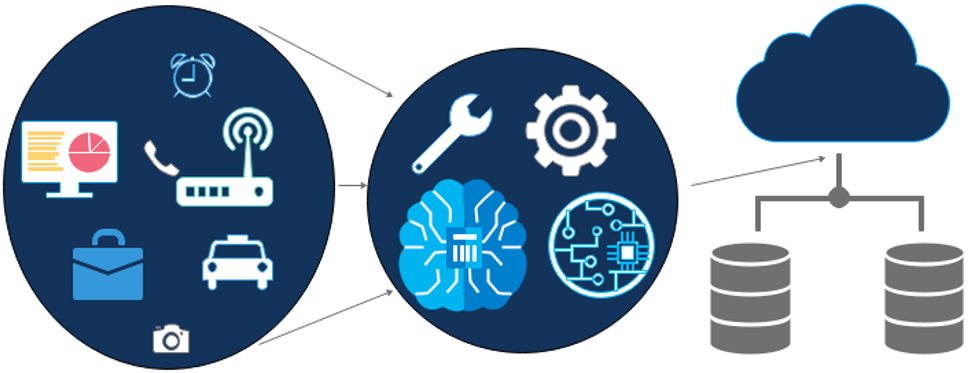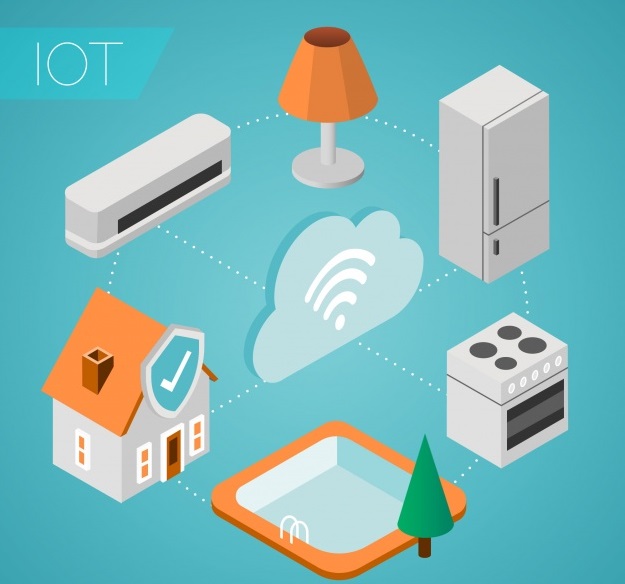Low code or No code development platforms are designed to accelerate the creation of business applications by providing pre-built connectors, templates, and other tools that allow users to build and deploy applications without writing a lot of code.
This can be especially useful for companies that want to quickly prototype and deploy new ideas, or that don’t have a lot of in-house software development resources.
Some common use cases for low-code platforms include creating custom business processes, building custom integrations, and creating dashboards and reports.
By providing a more efficient way to build and deploy custom business applications, low-code platforms can help organizations to move faster and get more done with limited resources.
In addition, low-code platforms can also help to bridge the gap between business and IT Consultants by enabling non-technical users to build and deploy their own solutions without relying on scarce development resources.
Overall, low-code platforms are likely to play a significant role in the digital transformation efforts of many organizations in the coming years.
One of the main benefits of low-code platforms is that they are designed to be user-friendly and easy to learn, even for people who don’t have a lot of technical expertise.
By using visual interfaces and drag-and-drop features, low-code platforms allow users to build and deploy custom business applications without having to write complex code.
This can make it easier for organizations to train new staff members and get them up to speed quickly, and it can also help to reduce the workload of existing IT staff by enabling them to focus on more strategic tasks rather than spending all of their time writing code.
Low-code platforms can help to reduce the cost and complexity of maintaining and updating data flows over time. Because low-code platforms use visual interfaces and simple logic rather than complex code, users can make updates and changes to data flows more easily and quickly.
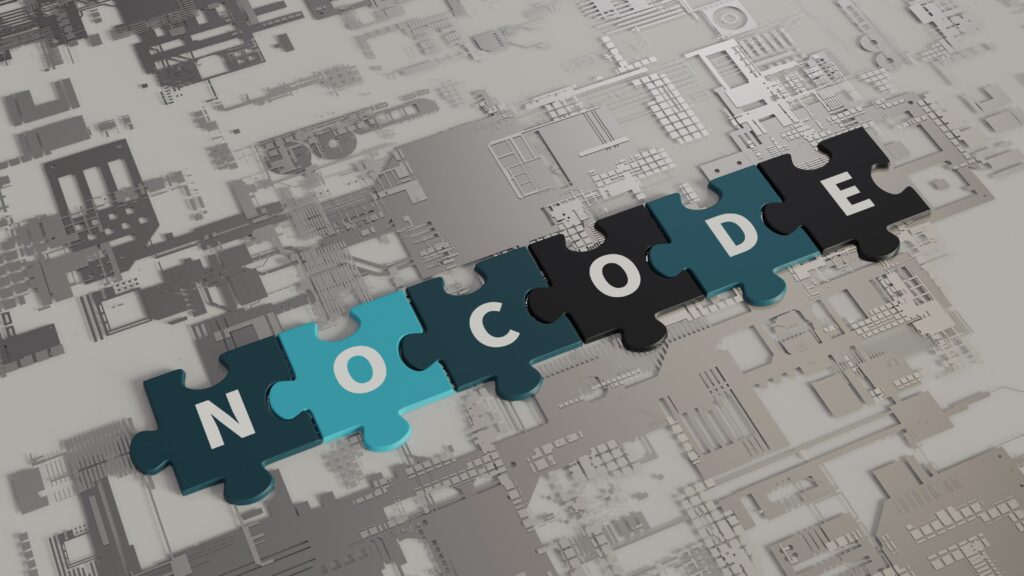
This can help to reduce the need for external specialists, and it can also make it easier for in-house teams to manage and maintain data flows without requiring a lot of technical expertise.
In addition, because low-code platforms are designed to be user-friendly and easy to learn, they can also help to reduce training costs and get new staff members up to speed more quickly.
Many low-code platforms also offer a range of resources and support materials, such as tutorials, documentation, and online communities, to help users get up to speed quickly and learn how to use the platform effectively.
In fact, results have shown that 70% of low code users with no prior experience of using low code platforms learned low code in less than one month.
By providing a more efficient and user-friendly way to create and deploy applications, low-code platforms can help organizations to get more done with limited resources and overcome some of the challenges that are commonly encountered during digital transformation projects.
In addition, by enabling non-technical users to take a more active role in building and managing data flows, low-code platforms can help organizations to share workloads more effectively and reduce the pressure on IT staff.
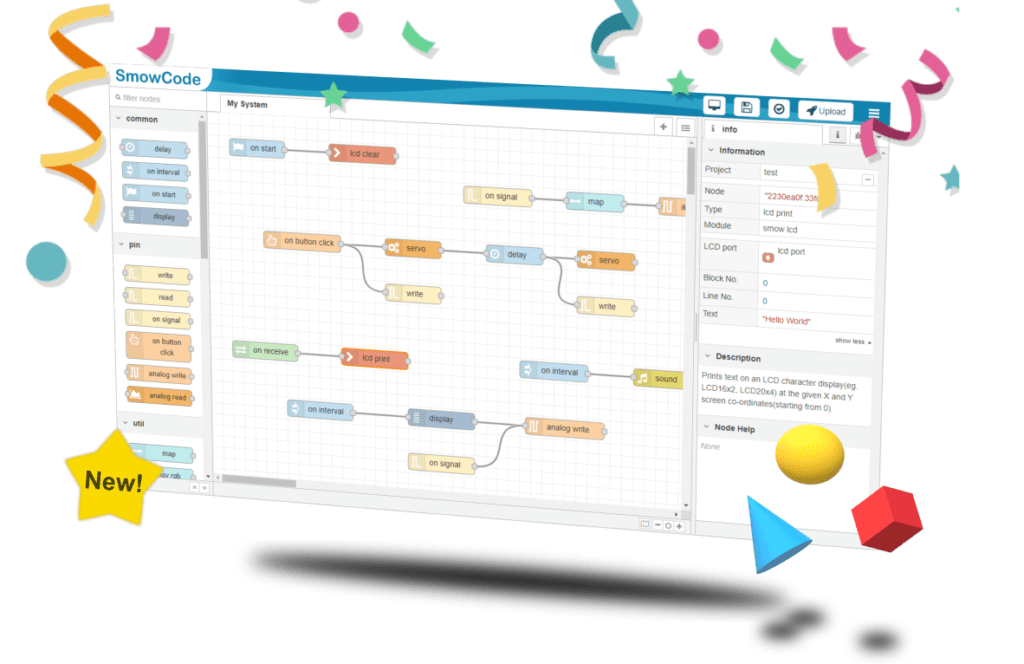
Flow-based programming languages like Smowcode & nodered are designed to make it easier for users to build and deploy custom business applications by providing a more visual and intuitive way to create and manage data flows.
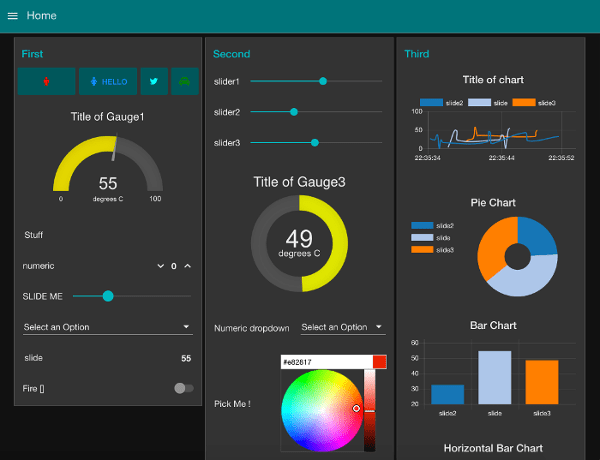
Rather than writing complex code, users can create data flows by connecting different “nodes” or elements together in a logical sequence.
Low-code platforms can be a valuable tool for building and deploying custom Internet of Things (IoT) applications.
By providing a more efficient and user-friendly way to connect and integrate different devices and data sources, low-code platforms can help organizations to more easily leverage the power of IoT in their operations.
For example, low-code platforms can be used to build custom dashboards and reports that visualize real-time IoT data, or to create custom applications that automate processes and trigger actions based on IoT data.
In addition, because low-code platforms are designed to be easy to learn and use, they can also help organizations to get more value out of their existing staff and resources, and they can enable non-technical users to take a more active role in building and deploying custom IoT applications.
By providing a more efficient and user-friendly way to build and deploy custom business applications, low-code platforms can help organizations to more easily connect and integrate different data sources and systems, and they can also help to streamline processes and improve collaboration across teams and departments.
Looking for End to End Industrial Automation & IoT Solutions?
















